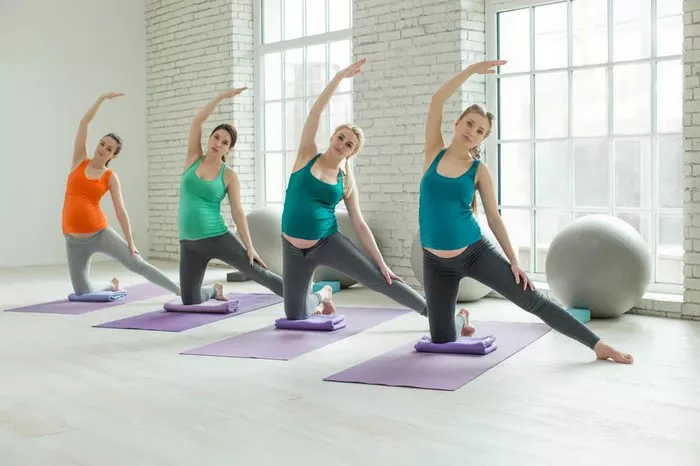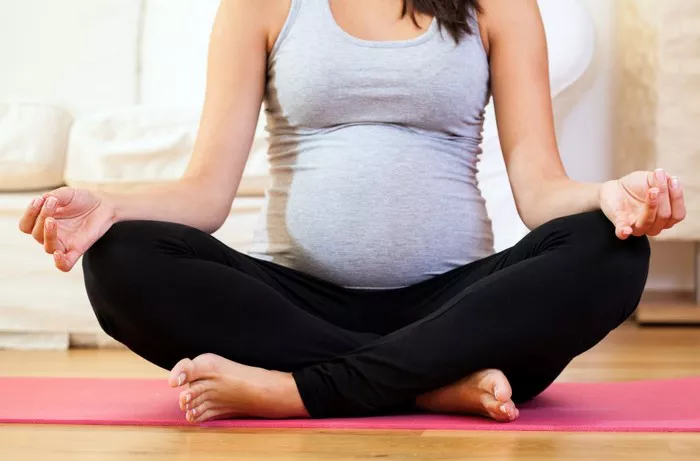In the world of physical fitness and holistic well-being, yoga and walking are two practices that stand out for their simplicity, accessibility, and numerous health benefits. However, many people wonder if walking could be a viable substitute for yoga, especially for those who are looking to improve their overall health but find it difficult to commit to a regular yoga routine. In this article, we will explore the differences, similarities, and unique benefits of both practices to determine whether walking can effectively replace yoga.
The Basics: What is Yoga?
Yoga is an ancient practice originating from India that integrates physical postures, breath control, meditation, and ethical principles. The word “yoga” means “union” or “discipline” in Sanskrit, referring to the harmony between mind, body, and spirit. There are many different styles of yoga, ranging from physically demanding forms such as Ashtanga and Vinyasa to more restorative and meditative practices like Hatha, Yin, and Kundalini.
Yoga poses (called asanas) involve stretching, strengthening, and balancing the body while also promoting mindfulness and self-awareness. The benefits of yoga extend beyond just physical health to mental and emotional well-being, helping to reduce stress, improve focus, and cultivate a sense of inner peace.
The Different Types of Yoga and Their Effects
Yoga offers a wide range of styles that cater to various needs and preferences:
Hatha Yoga: A slower-paced style that focuses on gentle stretches and basic poses. It is excellent for beginners and those looking for relaxation and flexibility.
Vinyasa Yoga: A more dynamic form of yoga that links breath with movement. Vinyasa classes tend to be faster-paced and are often accompanied by music, making them a great choice for those looking for a more active practice.
Ashtanga Yoga: A rigorous and fast-paced style that follows a specific sequence of poses. It is physically demanding and great for building strength, flexibility, and stamina.
Yin Yoga: A slower style where poses are held for extended periods of time (typically 3-5 minutes). It targets deep connective tissues, increases flexibility, and enhances joint health.
Restorative Yoga: A deeply relaxing form of yoga that uses props like blankets, bolsters, and blocks to support the body in passive poses. It is ideal for stress relief and promoting relaxation.
Kundalini Yoga: Focuses on awakening the energy at the base of the spine through breathwork, chanting, and dynamic movement. It is considered a spiritual practice aimed at enlightenment.
Power Yoga: A more athletic version of Vinyasa that emphasizes strength, endurance, and flexibility. It is excellent for those who prefer a challenging workout.
The Basics: What is Walking?
Walking, on the other hand, is one of the most natural and accessible forms of exercise. It involves rhythmic motion of the legs to cover distance, and unlike many other forms of exercise, walking requires no special equipment or environment. All you need is a comfortable pair of shoes and an open path to get started.
Walking is a low-impact aerobic activity that promotes cardiovascular health, strengthens bones and muscles, and improves overall physical fitness. It is easy to incorporate into daily routines and is often recommended for people of all fitness levels, including those who are new to exercise or recovering from injury.
While walking is undoubtedly beneficial for overall health, it does not offer the same range of benefits that yoga does, particularly in terms of flexibility, mental clarity, and mindfulness.
The Benefits of Walking
Here are some of the key physical benefits of walking:
Cardiovascular Health: Regular walking improves circulation, reduces the risk of heart disease, and lowers blood pressure.
Weight Management: Walking helps burn calories, support weight loss, and maintain a healthy body weight.
Improved Mood: Walking, particularly in natural environments, can help reduce stress and improve mental well-being. It stimulates the release of endorphins, the body’s natural “feel-good” hormones.
Increased Strength and Endurance: While walking may not build muscles like weightlifting or yoga, it does help tone the muscles in the lower body, particularly the legs, hips, and core.
Better Sleep: Studies show that walking regularly can improve sleep quality and help regulate sleep patterns.
Bone Health: Walking is a weight-bearing activity that helps maintain bone density and reduces the risk of osteoporosis.
Comparing the Benefits of Yoga and Walking
Both yoga and walking offer tremendous benefits for physical, mental, and emotional health, but they differ in several key areas.
1. Physical Flexibility and Strength
Walking is great for building endurance, toning muscles, and improving cardiovascular health, but it does not significantly enhance flexibility. The rhythmic motion of walking primarily strengthens the muscles in the lower body, particularly the calves, thighs, and hips. While walking regularly can lead to some improvements in joint mobility, it is not as effective as yoga in increasing overall body flexibility.
Yoga, on the other hand, involves a wide range of stretches and poses that target various muscle groups. These poses promote flexibility and joint health, which walking does not address to the same extent. For example, poses like Downward Dog, Forward Fold, and Cobra are specifically designed to stretch the hamstrings, spine, and shoulders, providing deep flexibility that walking alone cannot achieve.
2. Mental Clarity and Mindfulness
While walking can improve mental well-being and reduce stress, it does not incorporate the same level of mindfulness that yoga does. Yoga is not just a physical practice; it is a holistic experience that brings awareness to the body, breath, and mind. The practice of focusing on the breath during yoga (known as pranayama) can lead to improved mental clarity, reduced anxiety, and an enhanced sense of calm.
Walking can also be a meditative practice, especially when done in nature or with a mindful focus on each step. However, yoga often involves guided meditation or contemplation, which helps deepen the mind-body connection and encourages a more profound sense of self-awareness.
3. Spiritual and Emotional Growth
Yoga has a spiritual component that is often not present in walking. Many forms of yoga aim to connect practitioners to their inner selves and to something greater than themselves, whether it is a higher power, the universe, or simply a sense of inner peace. Practices like Kundalini Yoga and certain types of meditation are deeply spiritual and offer an emotional release that walking does not typically provide.
While walking can foster emotional well-being and provide a sense of calm, it lacks the intentionality and spiritual focus that yoga offers. Yoga’s emphasis on presence and mindful breathing can help individuals release emotional blockages, process trauma, and foster personal growth.
4. Injury Prevention and Rehabilitation
Yoga is often recommended as part of rehabilitation for injuries, especially those related to the spine, joints, or muscles. Many yoga poses are designed to strengthen weak areas of the body and improve posture, helping to prevent injuries and reduce pain.
Walking is generally low-impact and can be an excellent form of rehabilitation, particularly for individuals with joint pain or those recovering from surgery. However, it is not as effective as yoga in addressing specific imbalances or weaknesses in the body. For example, a person with tight hamstrings or a weak core would benefit more from a targeted yoga routine that includes stretches and strengthening poses than from walking alone.
5. Overall Wellness
Yoga offers a comprehensive approach to overall wellness. In addition to improving physical flexibility and strength, yoga focuses on the mental, emotional, and spiritual aspects of health. Through regular practice, individuals can develop a greater sense of self-awareness, improve their ability to handle stress, and cultivate a sense of balance in their lives.
Walking, while immensely beneficial for physical health, lacks the holistic approach of yoga. It can be a wonderful complement to a yoga practice, but it cannot replace the full spectrum of benefits that yoga provides, especially in terms of mental clarity, emotional growth, and spiritual well-being.
Conclusion
While walking is a fantastic and accessible form of exercise with numerous physical and mental health benefits, it cannot fully replace yoga. Both practices are valuable in their own right, but they serve different purposes and offer different types of benefits. Walking is an excellent cardiovascular exercise that promotes overall health, boosts mood, and strengthens the body, but it does not provide the same level of flexibility, mindfulness, or emotional and spiritual growth that yoga does.
For those who are looking for a well-rounded fitness routine, combining walking with yoga may be the best approach. Walking can serve as an excellent cardiovascular complement to yoga’s flexibility and mindfulness benefits. Together, they create a balanced routine that supports physical, mental, and emotional well-being.
Ultimately, whether you choose walking, yoga, or both, the key to achieving optimal health is consistency and listening to your body. The best exercise is the one that fits your lifestyle, supports your goals, and enhances your overall sense of well-being.
Related Topics:






















